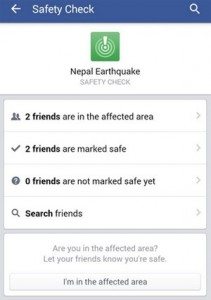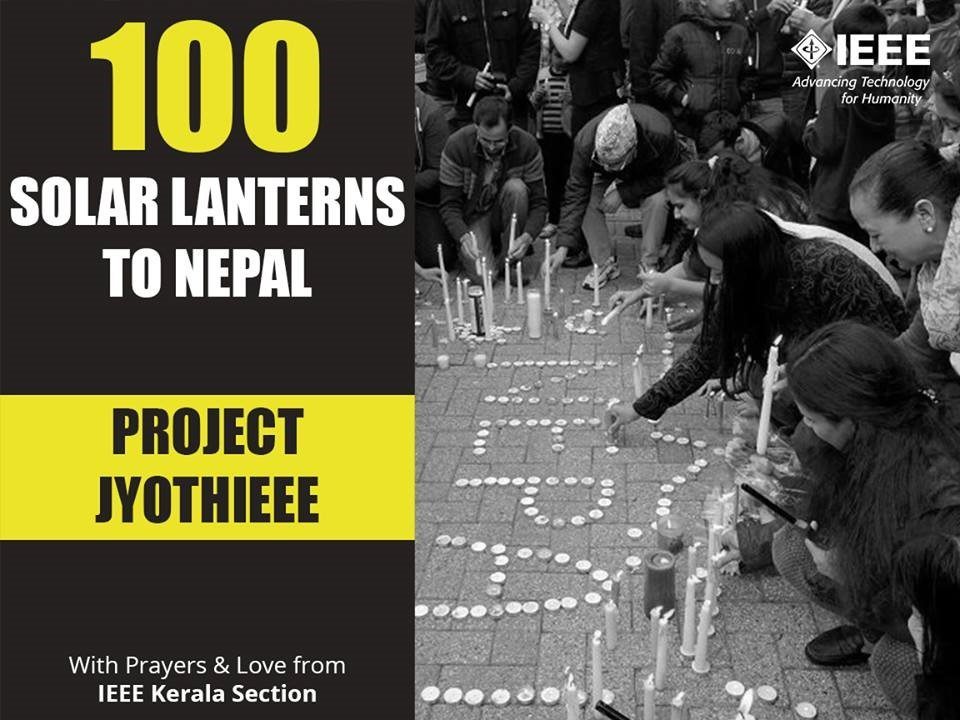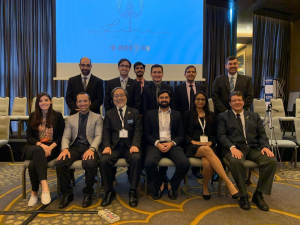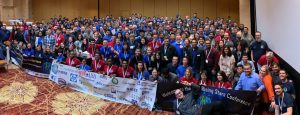It’s 11:56am on Saturday 25th April 2015, when a 7.8 magnitude earthquake shook Nepal from within and brought the landmark Dharahara Tower to rubble within seconds. So many of us, oblivious to the aftermath of such a powerful earthquake went about our daily lives, giving no thought to one of nature’s most disastrous events, killing more than 8,800 people, injuring another 23,000 and resulting in hundreds of thousands homeless. With this article, we intend to bring your attention to Nepal and the measures taken and those currently underway to comfort, relieve and reassure all those who were affected.
Nepal lies completely within the collision zone of the Himalayan arc which is formed as a result of collision between the Indian Subcontinent and Eurasia tectonic plates. This makes it an earthquake prone region and statistics have shown that on average Nepal will be subject to a major earthquake every 70 to 80 years. Experts say that the 1934 Earthquake is connected to the 2015 Earthquake following a historic earthquake pattern. In 2015 alone, 147 earthquakes of magnitude greater than 1.5 rocked Nepal of which the most disastrous was the one that took place on 25 April 2015. The Gorkha Earthquake, as it is now commonly referred to, had an intensity classified IX – Violent with the epicentre east of Lamjung and the depth of hypocentre being approximately 15km.
In a desperate attempt to help, many Chinese companies extended a helping hand. Chen Tiegang, Director of the Nepal Branch of Shanghai Construction Group lent the company’s premises to people who had lost their homes and loved ones. Three on-site engineers joined rescue efforts by using the company’s crane, forklift truck and excavator to rescue people buried in the rubble. The company became an instant de facto relief shelter providing food, tents and variety of other supplies. Within 48 hours, 650 pounds of rice and 550 pounds of flour was delivered to those affected. Where one would have thought that the usage of construction technology could be only limited to its building functions, its use in relief operations in Nepal resulted in saving thousands of lives.
ZTE Corporation, a global leader of telecommunications equipment and network solutions has operations in 160 countries around the world. The CEO and CTO of South Asia Business Development Office, Mr. Xu and Mr. Zong respectively, de-toured a business trip and assisted with the purchase and transfer of 10 tents and 50 kilograms of food to Nepal. ZTE devised an emergency logistics team which distributed supplies and assembled petrol for electrical purposes. ZTE also set up a special task force of 60 engineers to provide 24-hours on-the-ground emergency support to maintain telecommunication services throughout Nepal. Telecommunication services are of utmost importance in the event of natural disasters to enable the smooth working of relief operations.

ZTE Logistics and 24-hours On-the-site Emergency team of Engineers and ZTE Relief Supplies
The taskforce repaired and restored 400 ZTE Mobile Base Stations that were damaged in the aftermath of the Gorkha Earthquake. In order to adequately assess the magnitude of the asset damage, the team prepared a database of the base stations in the surrounding areas. Each base station was assessed and reviewed before the findings were input into the running spreadsheet. This enabled the repair works to be methodical and efficient in this time of need.
NASA’s novel technology called FINDER (Finding Individuals for Disaster and Emergency Response) was also used for the very first time in a real-time scenario to aid relief operations in Nepal. The FINDER, powered by a Lithium battery can detect subtle movements like the movement of skin due a heartbeat by emitting low power microwaves. The waves can penetrate up to 9m into mould rubble and 6m into concrete, thereby being extremely useful in the locating of four men trapped under 10m of rubble from two separate buildings in Nepal.

NASA’s FINDER Technology used in Nepal for Rescue Operations
Google and Facebook did not hesitate to lend a helping hand with their online web based tools, ‘Person Finder’ and ‘Safety Check’. Person Finder is Google’s missing person’s tracker which activated when Gorkha hit Nepal. Information can be submitted about people in the earthquake zone indicating their safety status. This creates the database from which people all around the world can then look for missing persons or find out the safety of a friend or family member.
Google’s Person Finder feature activated to aid in finding missing persons following the Gorkha Earthquake
Facebook’s Safety Check feature asks its users to let their network know if they are safe. When Facebook turned on this feature, it determined the users who were in the disaster area from inputted profile and personal information. People outside the disaster area could check whether their friends and family members were safe depending on their safety status.

Facebook’s Safety Check Feature activated during Gorkha Earthquake to aid Rescue Operations
IEEE’s Kerala Section in India assisted with the earthquake recovery efforts by sending 100 solar lanterns to provide immediate support. Mr Jayakrishnan MC and Mr Amarnath Raja visited Nepal immediately after the earthquake to assist the IEEE Nepal subsection with the rehabilitation efforts. Volunteers in IEEE Nepal Sub Section partnered with Upper Tamakoshi Hydropower Ltd, Global Himalayan Expedition and IEEE Smart Village. IEEE Smart Village worked with local IEEE volunteers and documented the necessities needed to re-build Nepal towards prosperity.

100 Solar Lanterns donated by IEEE Kerala Section for immediate relief in Nepal
It is the human tendency or being human as we call it, that when we are threatened as a species, we fight back and we fight to win. That is why we have influentially shaped this planet for over 200,000 years and it is this that unites us in times of distress. Gorkha in Nepal was no different and we were attacked and we mourned the losses of loved ones. However, we got back up and united we stood strong to build our lives yet again.

100 Solar Lanterns donated by IEEE Kerala Section for immediate relief in Nepal
It is the human tendency or being human as we call it, that when we are threatened as a species, we fight back and we fight to win. That is why we have influentially shaped this planet for over 200,000 years and it is this that unites us in times of distress. Gorkha in Nepal was no different and we were attacked and we mourned the losses of loved ones. However, we got back up and united we stood strong to build our lives yet again.
May all the good forces be with you Nepal!
The IEEE Young Professionals team would like to thank Bimlesh Ranjitkar and Abhimanyu Pandey for their contributions to this article.
The article has been edited by Michael Gough and Sneha Kangralkar, Assistant Editors




